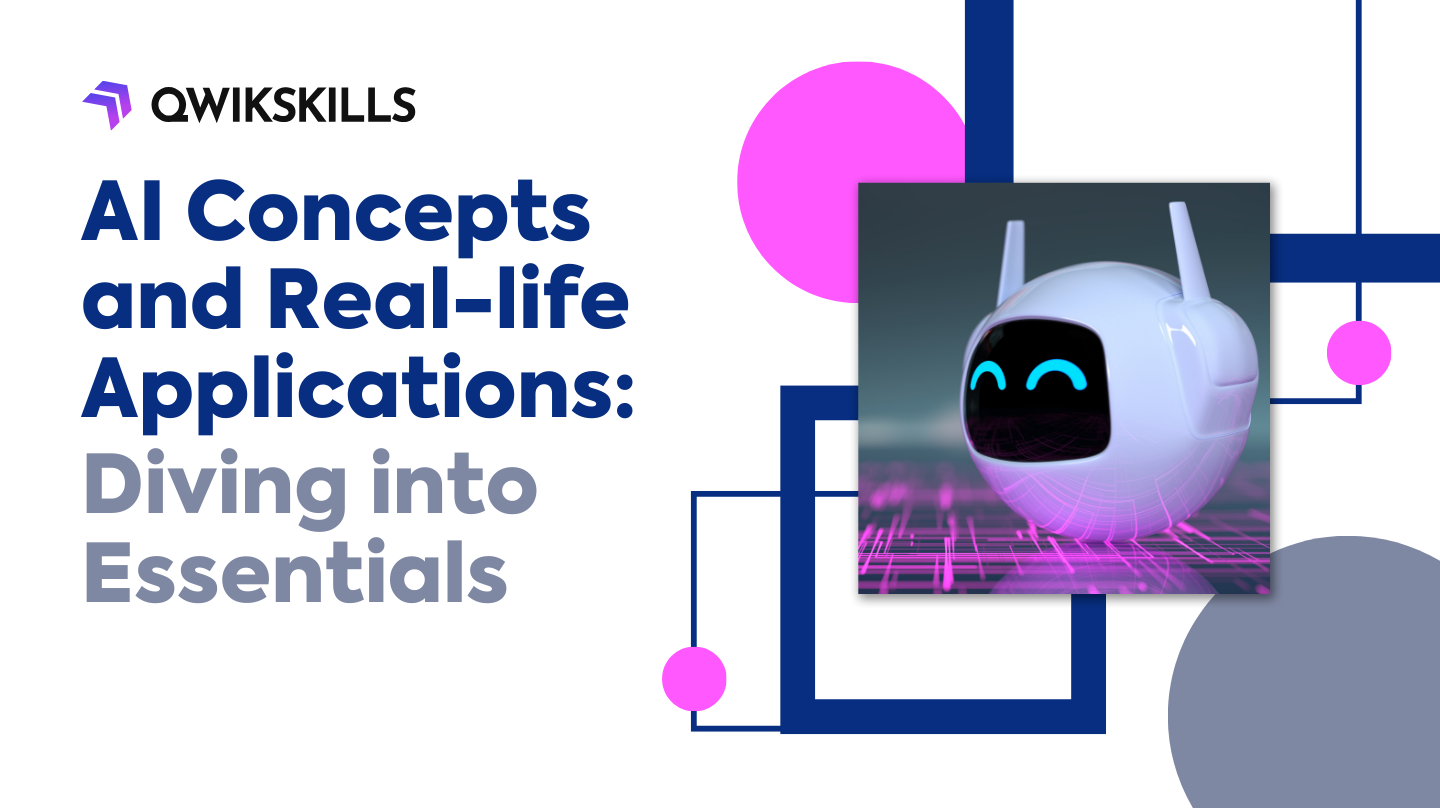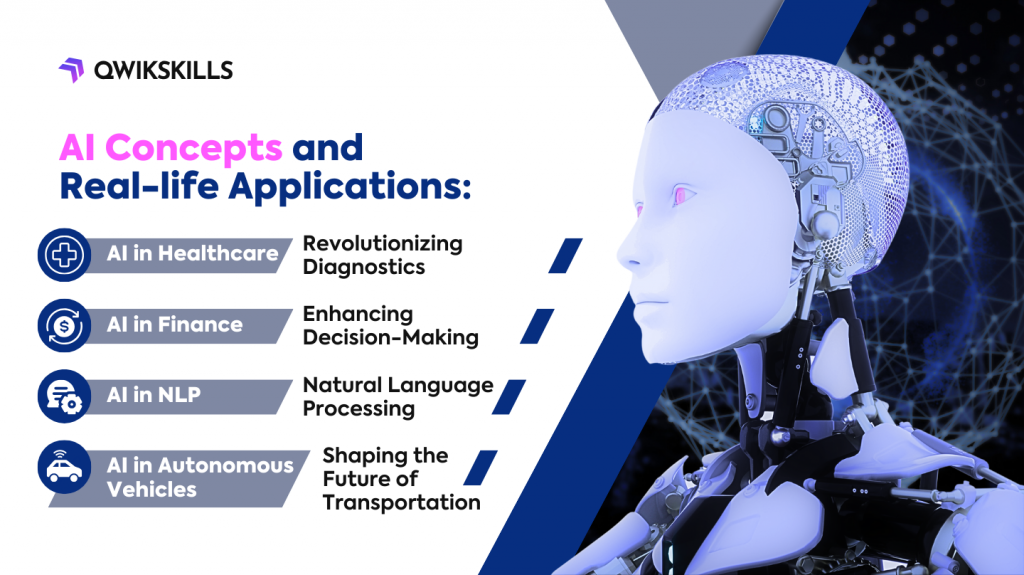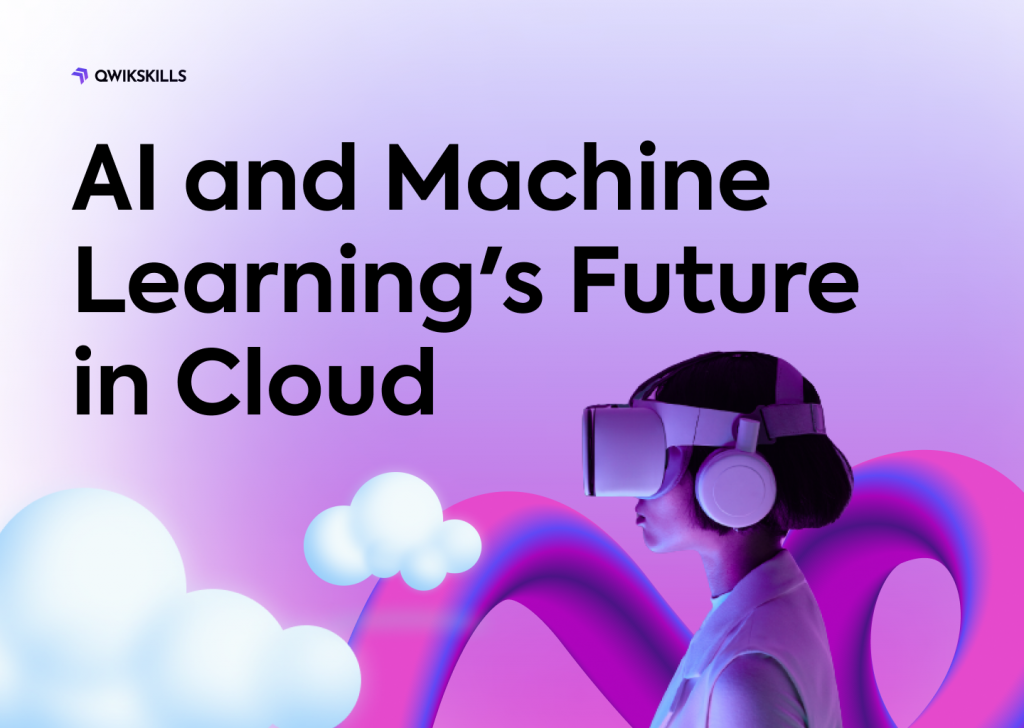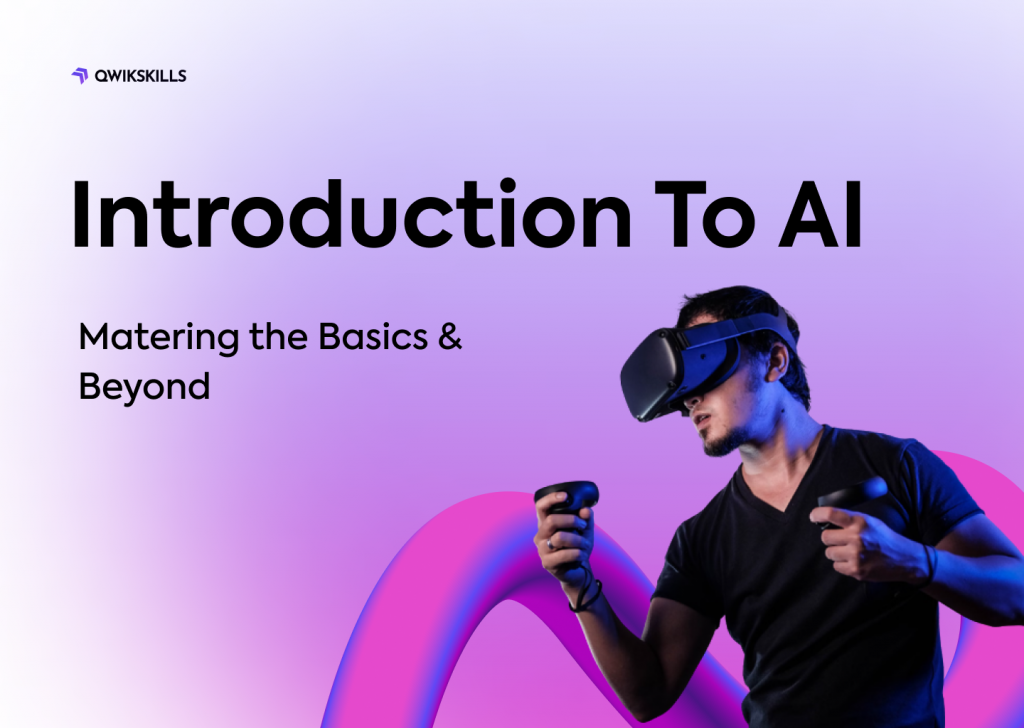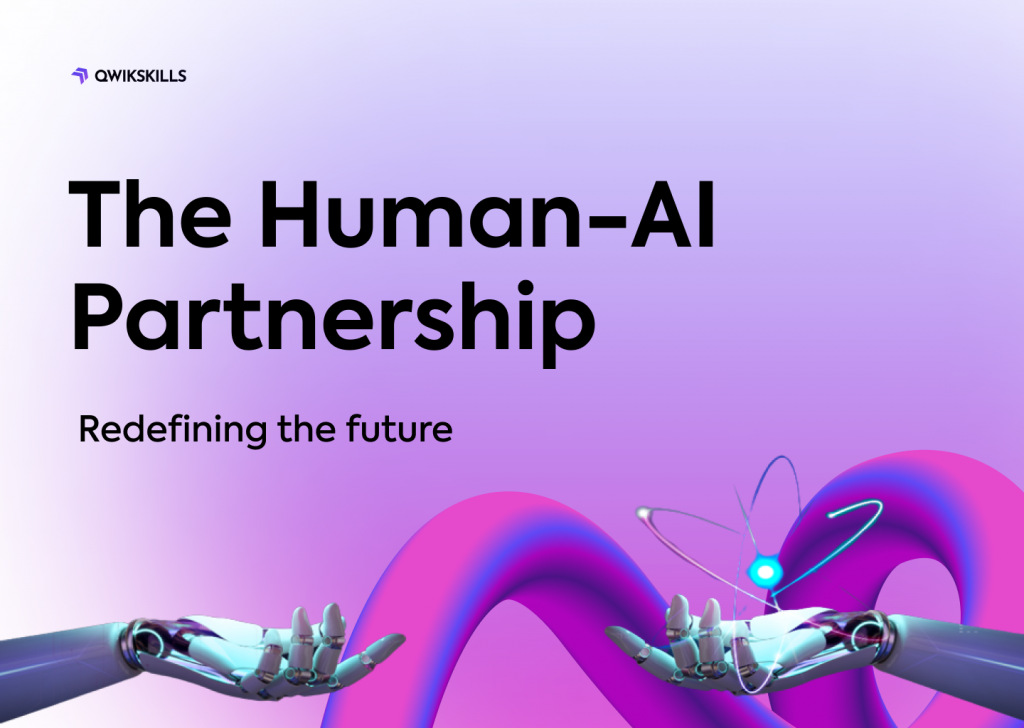Introduction
In today’s rapidly evolving technological landscape, Artificial Intelligence (AI) stands as a pivotal force driving innovation and transformation across industries. Ready to explore the world of AI? Join our “AI Essentials” course at QwikSkills. Uncover the power of AI concepts and applications in just a few clicks. Start your journey today. This article aims to delve into the foundational concepts of AI and explore its practical applications in various domains. By unraveling the intricacies of AI’s inner workings and shedding light on real-world use cases, we embark on a journey to comprehend the potential and impact of this revolutionary technology.
Understanding AI Concepts
Defining Artificial Intelligence
Artificial Intelligence, often referred to as AI, is the culmination of human ingenuity and technological advancements. At its core, AI is the simulation of human intelligence in machines, enabling them to mimic cognitive functions such as learning, reasoning, problem-solving, and decision-making. The evolution of AI spans from its narrow beginnings, where machines were designed to perform specific tasks, to the aspiration of achieving general AI, where machines possess human-like cognitive abilities across a wide range of tasks. This transformation reflects the journey from specialized to versatile intelligence, with AI acting as the bridge.
Types of AI: Narrow vs. General AI
In the realm of AI, two prominent categories emerge: narrow AI and general AI. Narrow AI, also known as weak AI, pertains to systems designed for specific tasks, excelling within a defined domain but lacking the broader understanding that characterizes human cognition. On the other hand, general AI, or strong AI, embodies machines capable of comprehending and performing tasks across diverse domains, akin to human intelligence. Presently, we inhabit the realm of narrow AI, leveraging its capabilities in specialized areas while striving towards the aspirational horizon of general AI.
Machine Learning: The Backbone of AI
Machine Learning (ML) serves as the backbone of AI, empowering machines to learn from data and improve their performance over time. Within ML, three fundamental paradigms reign supreme: supervised learning, unsupervised learning, and reinforcement learning. Supervised learning involves training a model on labeled data to make accurate predictions, while unsupervised learning focuses on uncovering patterns and relationships within unlabeled data. Reinforcement learning, inspired by behavioral psychology, centers around training models through reward-based systems, resulting in adaptive decision-making.
Deep Learning: Unraveling Neural Networks
Deep Learning, a subset of machine learning, employs neural networks to emulate the human brain’s intricate structure. Neural networks consist of layers of interconnected nodes, or artificial neurons, which process and transmit information. The training process involves feeding the network with data and adjusting the connections’ weights to optimize its performance. This parallel to human neural connections enables deep learning models to excel in tasks such as image recognition, natural language processing, and more, achieving unparalleled accuracy and efficiency.
Real-life Applications of AI
AI in Healthcare: Revolutionizing Diagnostics
The realm of healthcare has embraced AI with open arms, leveraging its capabilities to revolutionize diagnostics and patient care. AI’s prowess in medical image analysis has redefined radiology, enabling swift and accurate identification of anomalies in X-rays, MRIs, and CT scans. Additionally, AI-driven algorithms contribute to disease diagnosis, identifying patterns that human eyes might miss. These advancements lead to early detection, personalized treatment plans, and improved patient outcomes, marking a pivotal shift in healthcare practices.
AI in Finance: Enhancing Decision-Making
In the financial domain, AI plays a critical role in enhancing decision-making processes. Algorithmic trading, powered by AI, harnesses data analytics and predictive modeling to execute trades at optimal moments. Fraud detection systems employ AI to detect anomalies in transactions, safeguarding financial integrity. Moreover, AI-driven credit assessment models analyze vast datasets to evaluate creditworthiness accurately. These applications streamline risk management, elevate customer experiences, and foster a more secure financial landscape.
AI in Natural Language Processing (NLP)
Natural Language Processing (NLP) unlocks the potential of human language for machines, enabling seamless interactions and communication. Chatbots, driven by AI, engage users in dynamic conversations, offering assistance and solutions. Language translation applications bridge global divides, enabling real-time communication between diverse linguistic backgrounds. Sentiment analysis, a facet of NLP, gauges emotional tones in text, offering valuable insights for businesses and decision-makers. Despite the complexities of human language, AI-powered NLP continually advances, amplifying cross-cultural understanding.
AI in Autonomous Vehicles: Shaping the Future of Transportation
The automotive industry embraces AI’s potential through autonomous vehicles, reshaping the future of transportation. Self-driving cars integrate AI-driven perception systems to interpret their surroundings, navigating roads with precision and safety. Collision avoidance algorithms prevent accidents by predicting potential hazards and taking evasive actions. However, this innovation is not without challenges; safety concerns and regulatory frameworks demand meticulous refinement. As AI continues to evolve, the dream of fully autonomous transportation inches closer to reality.
Semantically Similar FAQs
Q: What are the fundamental AI concepts? A: Delve into the essentials of AI by understanding its core concepts, from the evolution of AI to its role in healthcare, finance, language processing, and autonomous vehicles.
Q: How is AI applied in healthcare? A: AI revolutionizes healthcare by enhancing diagnostics, enabling early disease detection, and personalizing treatment plans through advanced image analysis and predictive modeling.
Q: What is the difference between narrow and general AI? A: Narrow AI excels in specific tasks, while general AI possesses human-like cognitive abilities across diverse domains, reflecting the evolution of AI’s capabilities.
Q: Can you explain the basics of machine learning? A: Machine learning empowers machines to learn from data, with supervised, unsupervised, and reinforcement learning paradigms, fostering accurate predictions and adaptive decision-making.
Q: What real-world impact does AI have on finance? A: AI transforms finance by optimizing algorithmic trading, enhancing fraud detection, evaluating creditworthiness, and refining risk management, ultimately elevating customer experiences.
Conclusion
As we traverse the intricate landscape of AI, its significance becomes abundantly clear. From its foundational concepts to the remarkable applications that redefine industries, AI stands as a beacon of innovation. The real-world impact of AI in healthcare, finance, language processing, and transportation is evidence of its transformative power. In embracing AI, we unlock the door to a future where technology collaborates seamlessly with human ingenuity, shaping a world of endless opportunities.
Ready to dive into the world of AI? Unlock its potential with QwikSkills. Explore foundational AI concepts and real-life applications that redefine industries. Start your AI journey today!

